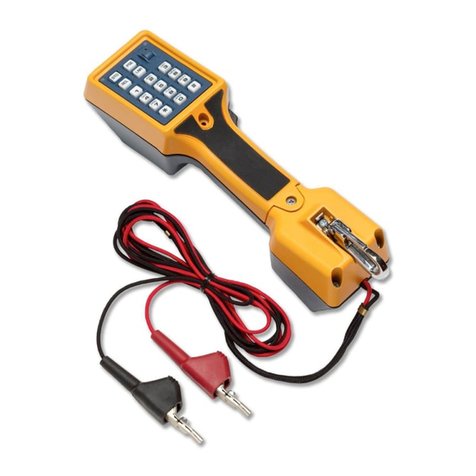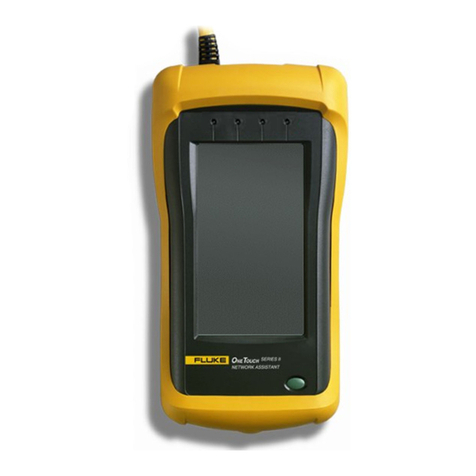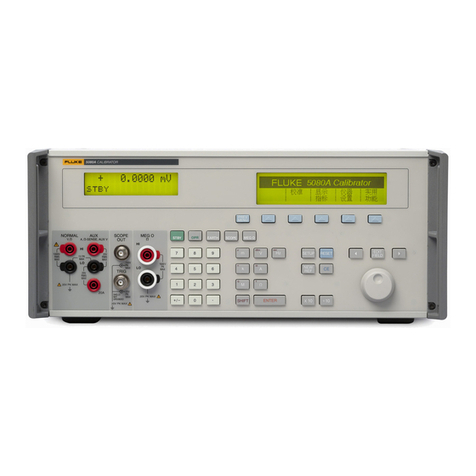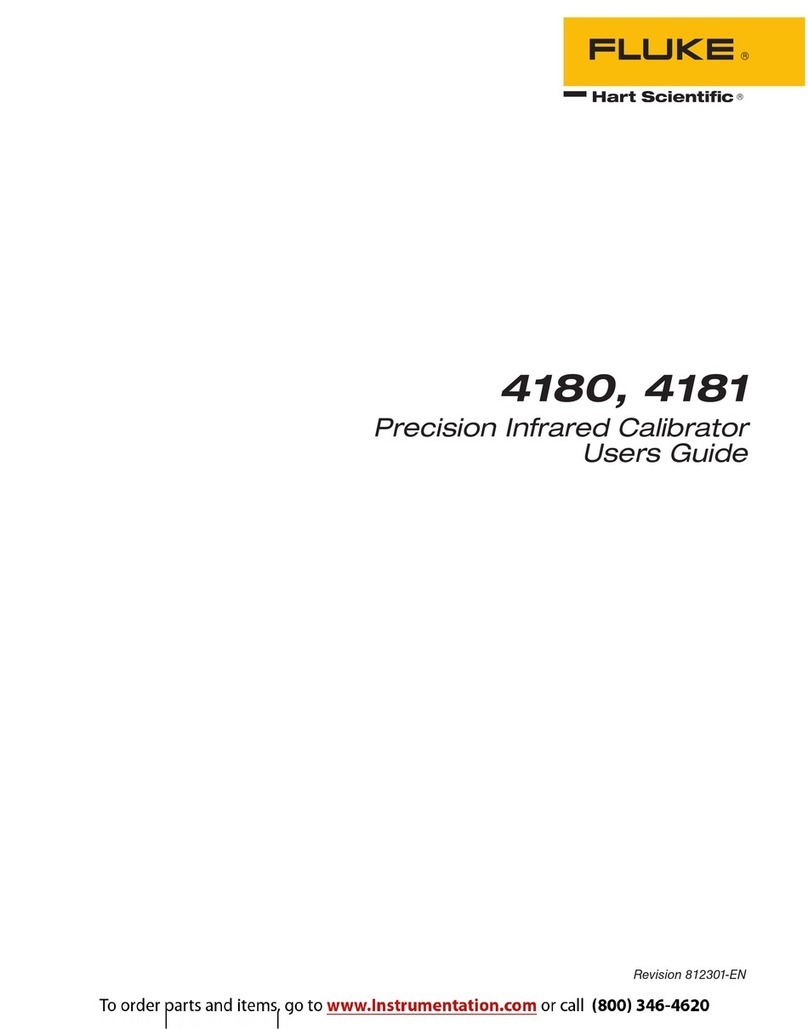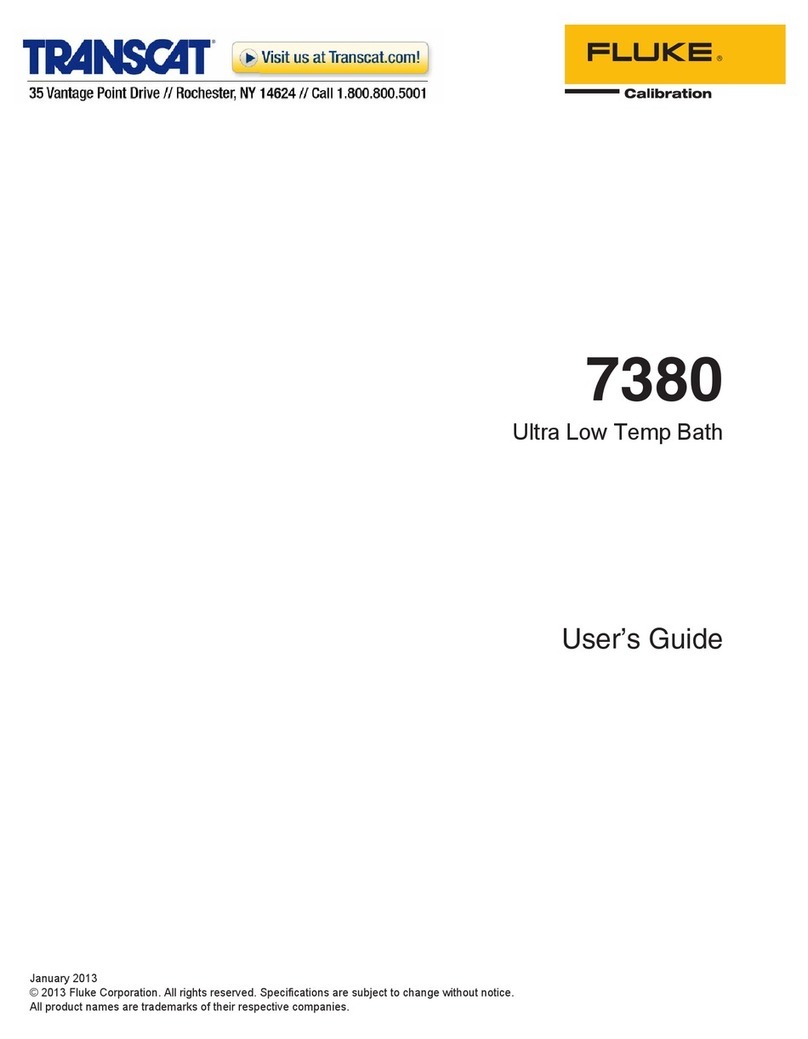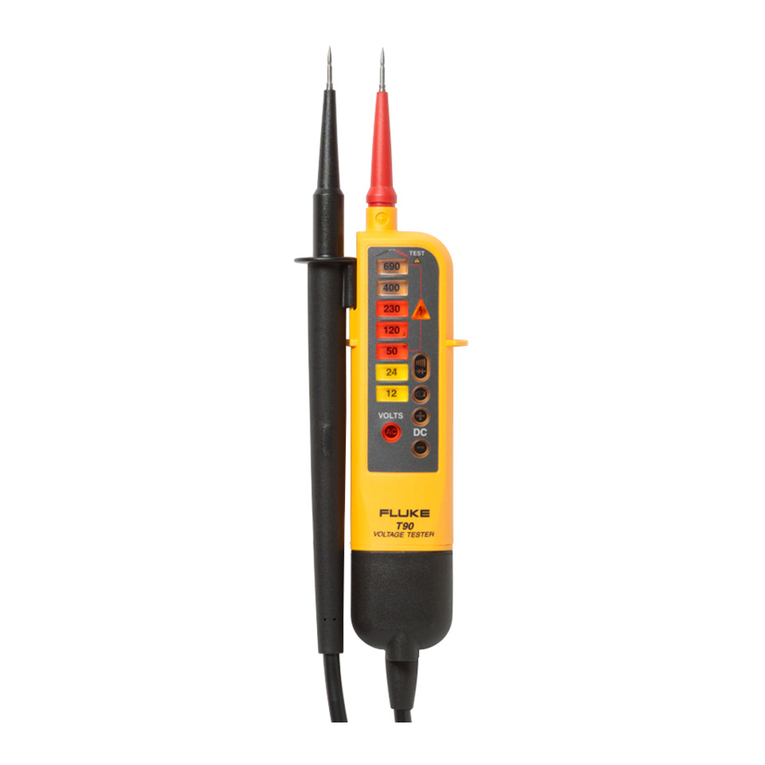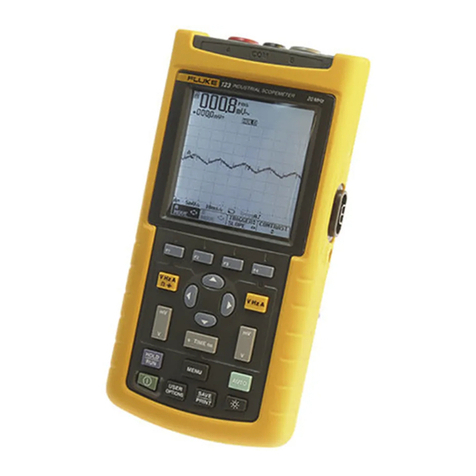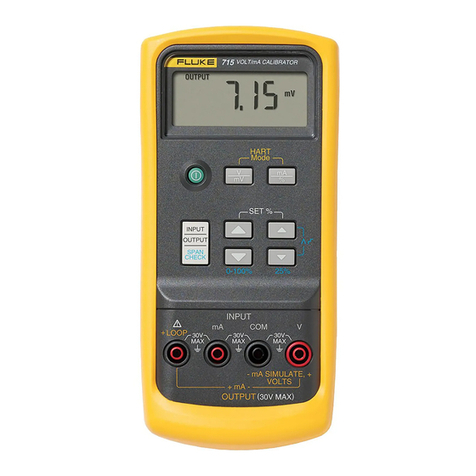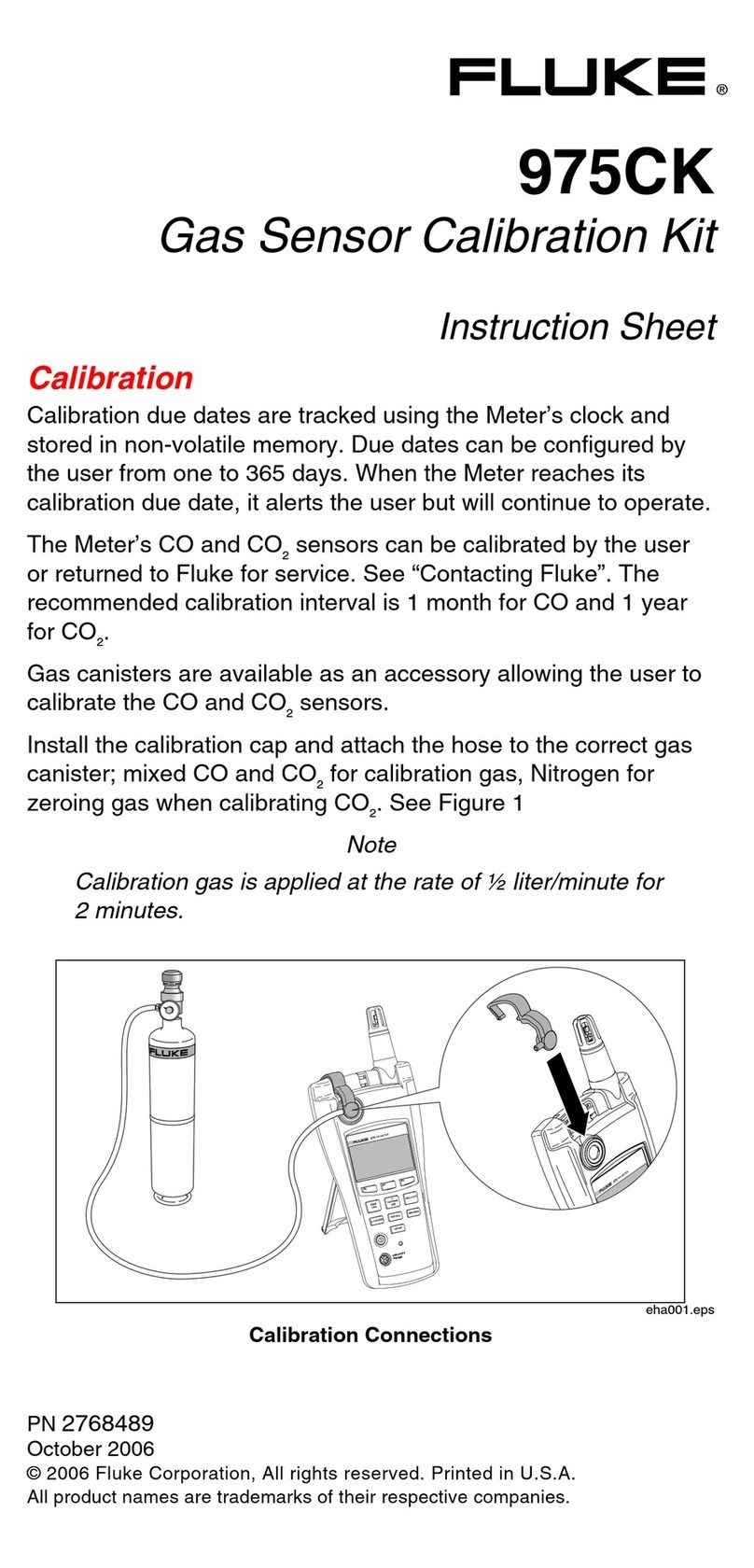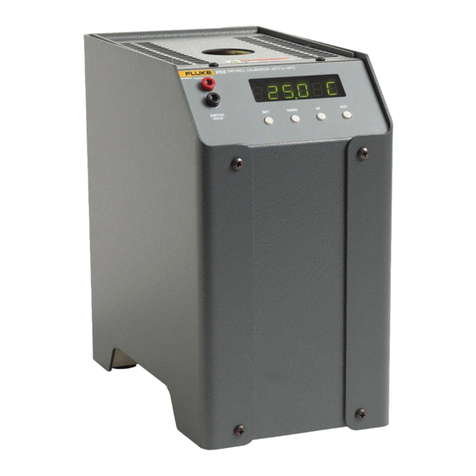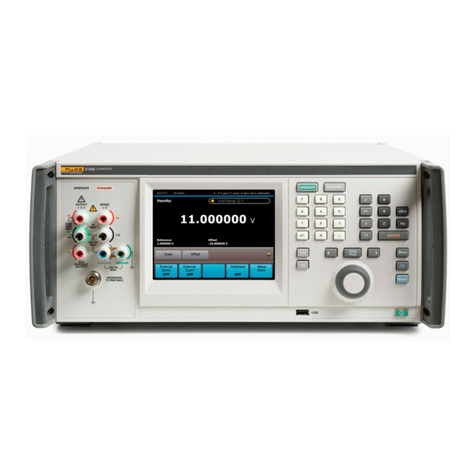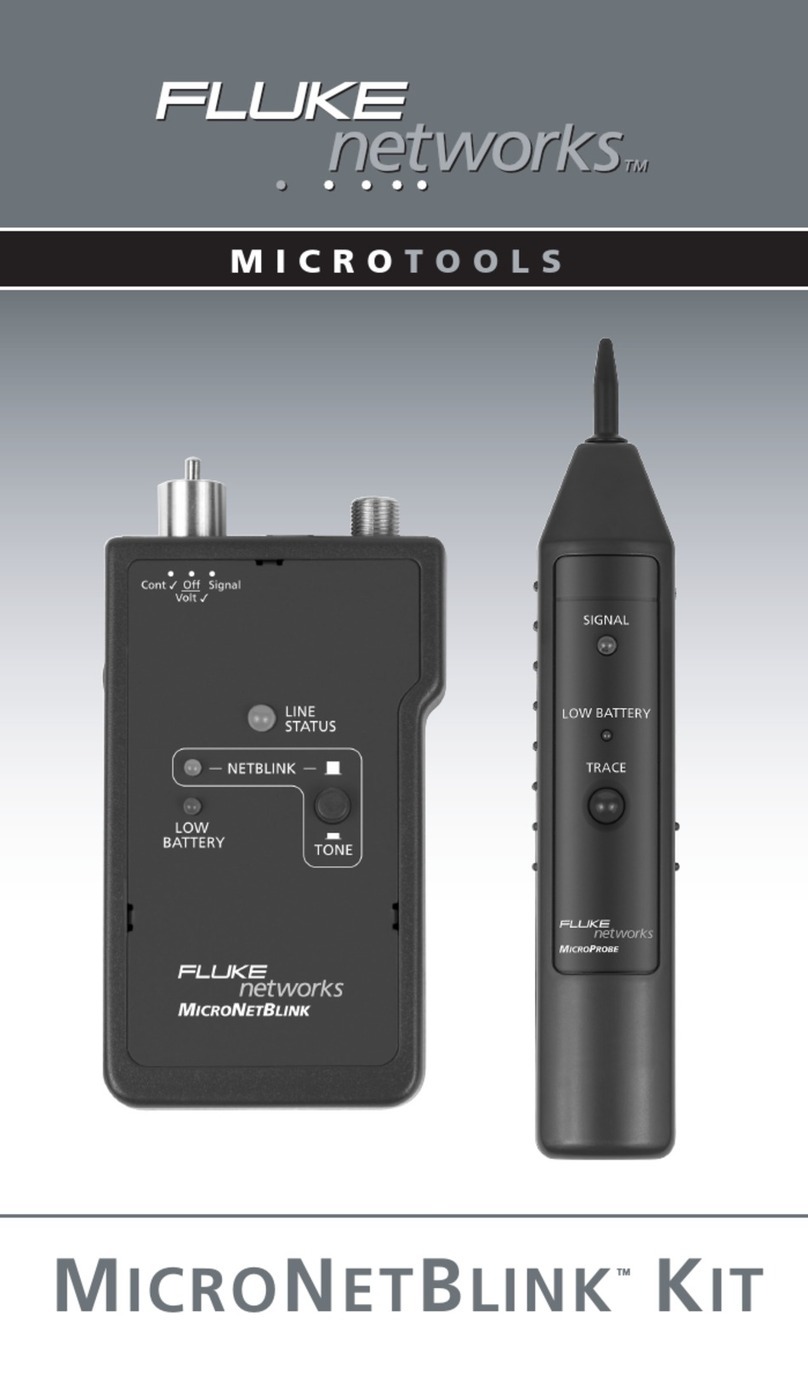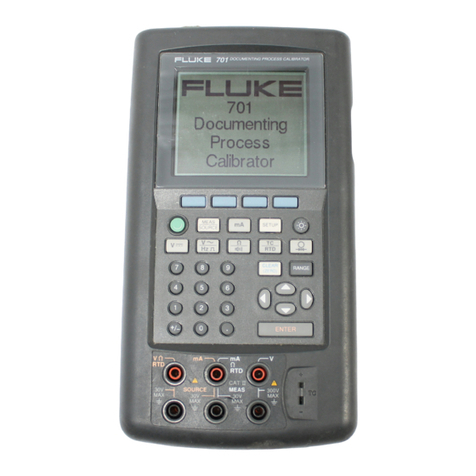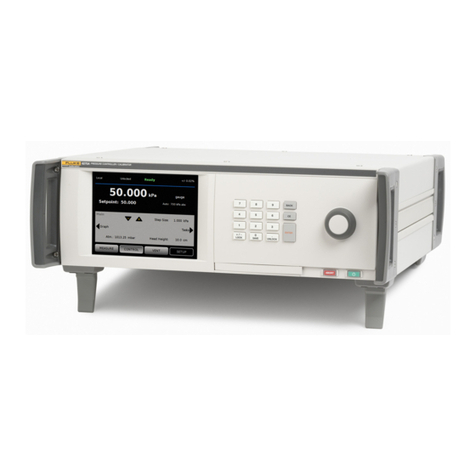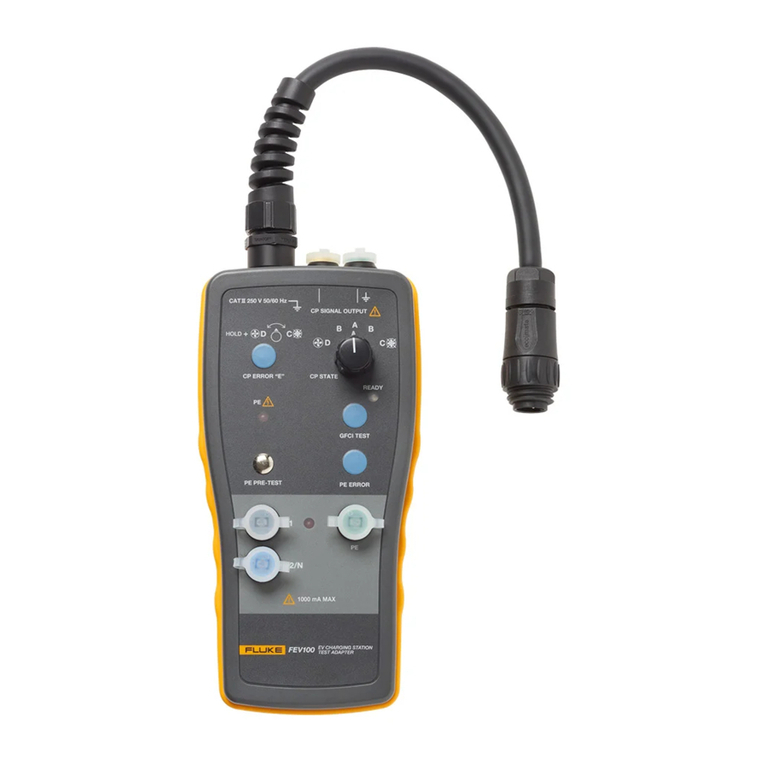
Model 9100 User's Handbook — Contents List 0-3
Page
Section 4 Using the Model 9100 — Manual Mode
4.1 About Section 4 ............................................................................................................. 4.1-1
4.2 Interconnections ............................................................................................................ 4.2-1
Functions:
4.3 DC Voltage .................................................................................................................... 4.3-1
4.4 AC Voltage .................................................................................................................... 4.4-1
4.5 DC Current .................................................................................................................... 4.5-1
4.6 AC Current .................................................................................................................... 4.6-1
4.7 Resistance..................................................................................................................... 4.7-1
4.8 Conductance ................................................................................................................. 4.8-1
4.9 Frequency ..................................................................................................................... 4.9-1
4.10 Mark/Period ................................................................................................................... 4.10-1
4.11 % Duty ........................................................................................................................... 4.11-1
4.12 Auxiliary Functions ........................................................................................................ 4.12-1
4.13 Capacitance .................................................................................................................. 4.13-1
4.14 Thermocouple Temperature .......................................................................................... 4.14-1
4.15 RTD Temperature ......................................................................................................... 4.15-1
4.16 Logic-Pulses .................................................................................................................. 4.16-1
4.17 Logic-Levels .................................................................................................................. 4.17-1
4.18 Insulation/Continuity ...................................................................................................... 4.18-1
4.19 DC Power ...................................................................................................................... 4.19-1
4.20 AC Power ...................................................................................................................... 4.20-1
4.21 AC Harmonics ............................................................................................................... 4.21-1
Section 5 Using the Model 9100 — Procedure Mode
5.1 About Section 5 ............................................................................................................. 5.1-1
5.2 Procedure Mode — Safety and General Notes ............................................................. 5.2-1
5.3 Procedure Mode — Access Guide ................................................................................ 5.3-1
5.4 Procedure Mode — 'Adjustment Only' Procedure ......................................................... 5.4-1
5.5 Procedure Mode — '1 Year Verification' & 'ISO9000 Verify' Procedures ...................... 5.5-1
5.6 Procedure Mode — 'Verify Pass/Fail' & 'ISO9000 Pass/Fail' Procedures..................... 5.6-1
See Volume 2 — Performance
Section 6 Remote Interfaces
Section 7 Model 9100 Specifications
Section 8 Model 9100 — Routine Maintenance and Test
Section 9 Model 9100 — Specification Verification
Section 10 Model 9100 — Calibration
